Author: WhiteRunner
In the first quarter of 2025, Bitget announced the destruction of 30 million BGB of platform coins. The destruction accounted for 2.5% of the total supply, which triggered a new round of market attention to the deflation mechanism of the platform currency.
This proportion is at a high level among mainstream platform coins, and also indicates that Bitget is accelerating its BGB deflation structured path. This article will start from the rhythm and causes of this round of destruction, combine the platform deflation mechanism design and BGB actual use scenarios to interpret the supply and demand logic behind it.
1. 30 million destruction: faster pace and greater force
According to Bitget's official announcement, the total amount of destruction in this quarter was 30 million BGB, accounting for 2.5% of the current total supply of 1.2 billion. This destruction ratio is significantly higher than that of most platform coins (taking BNB as an example, its single destruction ratio in the past was around 1%.
Bitget announcement shows that the destruction is based on the Gas expense statistics generated by on-chain products in the first quarter, and is also coordinated with the implementation of the established quarterly deflation plan. All destruction transactions have been put on the link for user verification.
Previously, Bitget destroyed the team's 800 million holdings, locking the current total supply of BGB at 1.2 billion, and has achieved 100% full circulation. This means that the platform no longer retains any reserved tokens or subsequent freeing space, further enhancing the market's judgment of scarcity.
2. Mechanism design behind the destruction rhythm
Bitget's operation on BGB deflation is not a single-point "occasional destruction", but has entered a mechanism-driven and fixed cycle-based destruction stage starting from 2025.
Currently, BGB destruction mainly comes from two sources: the fees incurred by on-chain use and the fixed amount of destruction, which together constitute the basis for quarterly destruction.

Bitget officially disclosed that starting from 2025, the total amount of Gas expenses generated by users will be counted based on the actual on-chain activities of the Bitget Wallet ecosystem, and the destruction amount will be calculated based on this.
The basic logic is: the higher the number of usage on the chain → the more popular BGB usage → the more BGB is destroyed
This means that destruction is linked to user behavior and the actual activity of the platform on the chain, and has a certain degree of flexibility. After the platform ends every quarter, the destruction results will be released simultaneously, and the destruction transactions will be put on the chain. Users can verify them on the block browser.
In addition, Bitget is also destroyed with a fixed amount, which is equivalent to the platform's active investment to support deflation, which is regarded as a way of platform currency value management.
At present, this mechanism is similar to the "destruction" model of old platform coins such as BNB and OKB, but the destruction of BGB does not rely on a single business line, with a wider coverage and a more intensive rhythm (once in quarters, rather than half a year or irregularly).
Overall, the core features of the BGB destruction mechanism are:
●Stable source: based on actual on-chain use;
●Fixed cycle: execute every quarter to improve rhythm expectations;
●Open and transparent: the destruction results can be checked and operated on the chain;
Linked to platform growth: the mechanism itself is not separated from business data, avoiding "idle deflation".
The design of these mechanisms makes BGB supply control no longer rely solely on platform commitments, but is embedded in product and user behavior, with a certain degree of self-drive.
3. The actual supply has been tightened and the path is clear
In addition to entering the quarterly destruction mechanism, Bitget also carried out a key move at the end of 2024 - destroying 800 million BGBs held by the team at one time. This decision directly compressed the total supply of BGB from the original 2 billion to 1.2 billion, and clearly announced that "BGB has been 100% fully circulated and there is no longer any locked or reserved part."
The impact of this operation is multifaceted:
1. Completely eliminate potential stress relief
According to previous market expectations, the 800 million BGBs originally retained by the Bitget team will be gradually unlocked in multiple batches and cross-year ways. This batch originally constitutes a potential supply variable for the long term and may also affect market expectations in the future.
Now, this part of the chips has been completely destroyed at one time and will not enter the circulation market in the future. This "early clearing" approach is relatively rare in platform coin projects, and for medium- and long-term holders, it eliminates the unresolved uncertainty.
2. Total capping, transparent structure
After destruction, the total amount of BGB was capped at 1.2 billion, and all were in circulation. Compared with some platform coins that still retain team shares, foundation locked positions or reserved ratios, BGB's current supply structure is clearer and easier to evaluate.
In other words, the BGB market circulation situation seen by users now is the actual supply and demand state, and there is no risk of suddenly releasing large-scale tokens in the future.
3. Respond to users’ concerns about “platform disk control capabilities”
Against the background of general concern among users in the currency circle that "whether the platform coins are controlled" and "whether there are large positions behind them", the Bitget team chose to completely give up the chips in their hands, which is equivalent to sending out a signal: the platform will rely on mechanism drive rather than artificial regulation to support the currency price structure.
This action has also attracted industry attention. Bitget's move is equivalent to "actively giving up the platform manipulation space and allowing BGB to return to the complete market-oriented logic", and believes that this is a signal that the platform currency governance structure will become transparent. For many observers, this strategy of "team withdrawal and mechanism takeover" is more in line with the current expectations of decentralized transparency in the crypto market.
4. In addition to deflation, usage scenarios are also expanding
Unlike some platform coins that rely solely on destruction to drive deflation, BGB's deflation logic also includes a two-way binding mechanism of "lock + use": users use BGB in platform products, which means that locking or pledging behavior is automatically triggered, thereby continuously reducing the supply of circulating disks.
These designs form an internal cycle: user use → BGB lockout → market circulation decreases → deflation expectations are enhanced. At present, this cycle is mainly divided into two dimensions: platform product participation and on-chain equity binding.
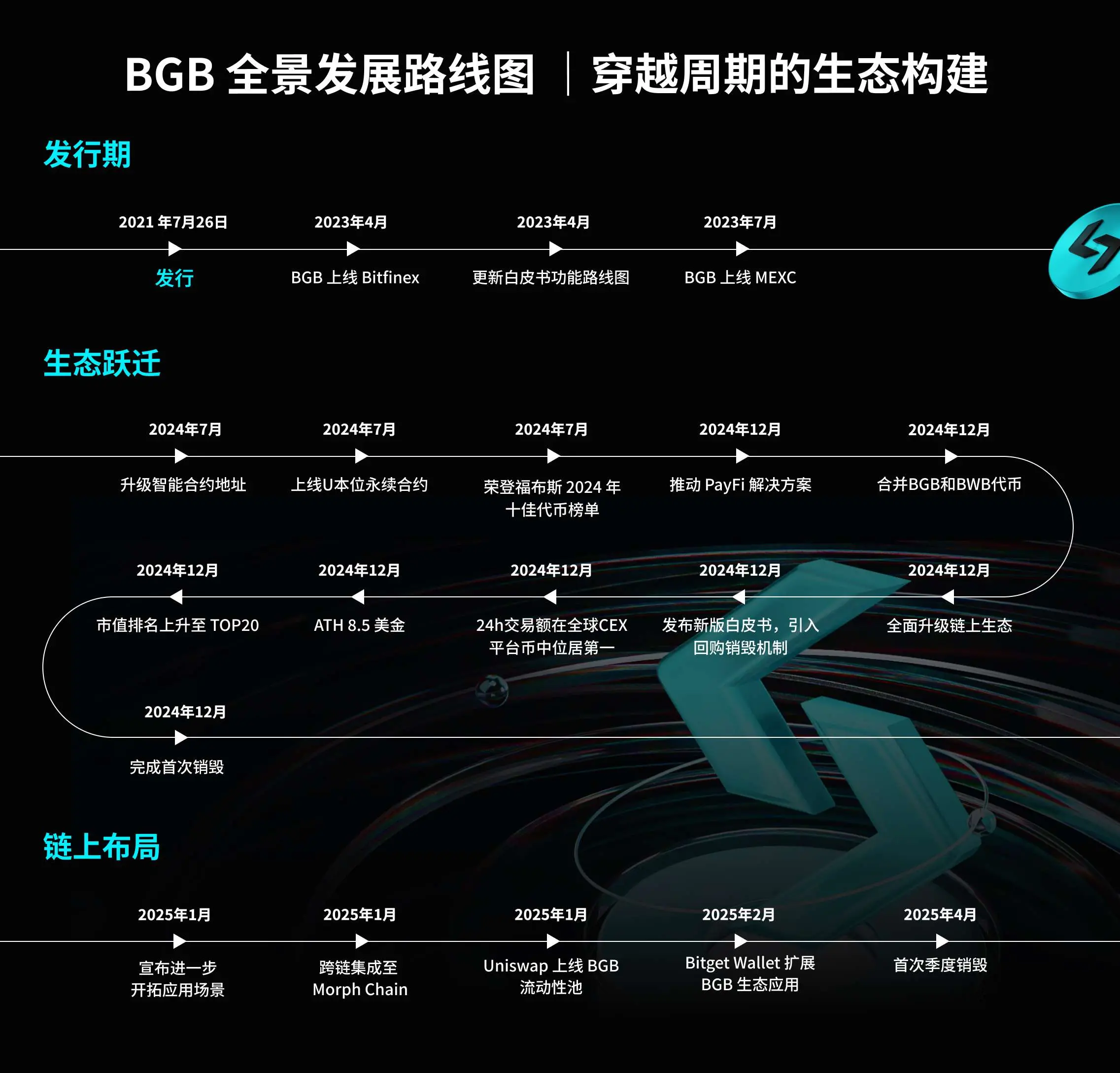
1. Platform-participated products: share dividends and earn profits
As the core asset of the Bitget platform, BGB has been deeply integrated into a variety of products, including but not limited to:
●Launchpad: User pledge BGB to be qualified to participate in the snap-up of new projects;
●Launchpool: Pledge BGB can obtain airdrops for new coins, which is a common channel for cold start of popular projects;
●PoolX: User pledge BGB to participate in the income strategy of multi-asset portfolio, combining short-term high returns and distribution of hot assets on-chain;
●Financial management zone: A profit product portfolio designed around BGB, combined with hot assets or structured strategies, further enhance the fund utilization rate of BGB.
The common characteristics of these products are: users will lock the position if they participate, and most products are pledged within a time limit or need to be subscribed in advance, which has a particularly obvious impact on the locked position of BGB when market sentiment is active.
2. On-chain ecological layout: Extending from CeFi to DeFi
The use of BGB is also gradually expanding to the on-chain ecosystem, mainly through Bitget Wallet and Morph chains. The current application path includes and is not limited to:
●BGB staking: Users can pledge BGB directly on the Morph chain to obtain about 5% of annualized fixed income for subsequent ecological activities to participate in or incentive distribution;
●Gas payment: BGB has supported Bitget Wallet multi-chain GAS payment, lowering the threshold for users to use cross-chain and exchange coins;
●Future on-chain use planning: Bitget said it will consider using BGB for on-chain governance, identity binding, priority interest acquisition (such as NFT minting, DAO voting, etc.) in the future. These uses will further broaden the functional boundaries of BGB in Web3 scenarios.
This part means: BGB is not only an exchange platform currency, but also a universal token in the Bitget chain ecosystem, gradually connecting "centralized financial products" with "on-chain native financial behavior".
Overall, the usage path of BGB covers multiple scenarios from CeFi financial products to interaction on the DeFi chain. Compared with pure destruction deflation, this usage-oriented deflation path is more sustainable, has a stronger sense of user participation, and is easier to form a stable market demand side.

5. The deflation rhythm is clear and the use of path forming
Overall, BGB's current deflation logic is no longer an isolated destruction behavior, but has formed a complete path that can be expected by mechanisms + application binding + rhythm.
This path includes at least three levels:
1. The deflation mechanism is clear and normalized
Destruction is performed once a quarter, and the amount of destruction is linked to on-chain usage and platform profits, which is adaptable;
The core team's holdings were completely destroyed by the end of 2024, with the current total volume capped at 1.2 billion, and the supply side has been closed;
All destroyed records are synchronized, and the data can be checked and the rules can be verified, which helps users build long-term trust.
2. The application scenarios are gradually extended to form an internal cycle
BGB can participate in various revenue-based operations such as Launch series products, financial management, and strategy combinations within the platform;
It can be used for staking and Gas payment on the chain, and has scalability such as future governance, NFT, identity binding, etc.;
Users' "use behavior" naturally constitutes "locking the position" and indirectly promotes the reduction of market circulation.
3. Value logic is closer to "practical platform assets"
In the past, many platform coins were questioned for "only relying on destruction and no practical purpose", but BGB's current path is more inclined toward a practical asset model: Destruction control scarcity → Use build requirements → Users can get rewards.
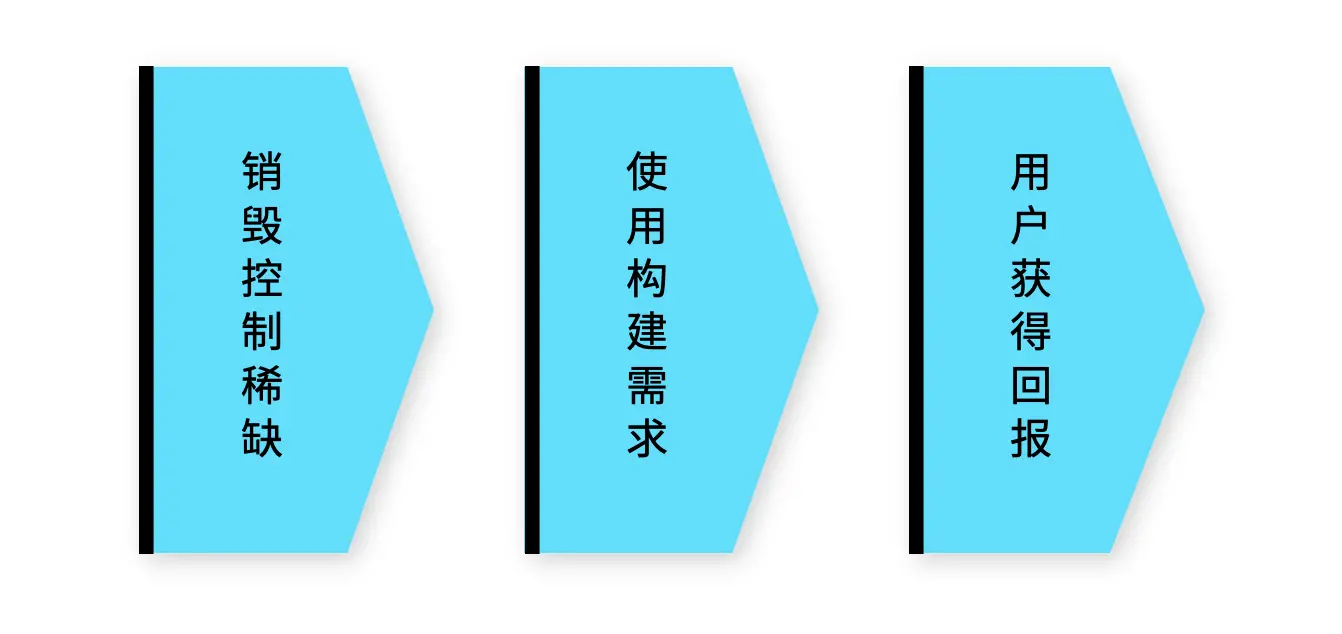
BGB has evolved from the original "processing fee function coins" to one of the core assets in the Bitget ecosystem. This logic not only makes it sustainable liquidity at the CeFi platform level, but also begins to form a substantial role in on-chain wallets, pledge incentives, project participation and other scenarios.
Ending: Price, not just expectations, but fulfillment of structure
Review of BGB's price performance in the past three years:
●2022 High: $0.2387
●2023 High: $0.6950
●Setting record highs in 2024: $8.50
Each round of leap corresponds to the implementation of the platform strategy: 2022 is the starting point of the exchange's growth, 2023 is the expansion of the product system, and 2024 is the launch of the deflation mechanism and the destruction of the team's chips.
So, what new price range does BGB have the opportunity to stand on in 2025?
Referring to the current platform size, BGB market value position and price structure, a reasonable range may be found between $15-$20, and there are even radical models that give up $30 upside space.
This is not a fantasy, but a "structural valuation repricing" based on the continuous growth of platform transaction scale, the steady progress of quarterly destruction rhythm, and the continuous expansion of on-chain implementation scenarios.
In other words, the logic of BGB's rise has shifted from "speculating on expectations" to "waiting for cash".
For currency-holding users, the core issue in judging their potential has changed from "how much can it increase" to "whether it has embarked on a structural growth path." From the current mechanism to ecology, and then to transaction activity, BGB does have the characteristics of having a downward support and an upward anchor.
Among all assets, what is truly worthy of long-term attention will always be those targets that have established a value support framework but have not yet fully priced.
The BGB at this time happens to be at that critical point.













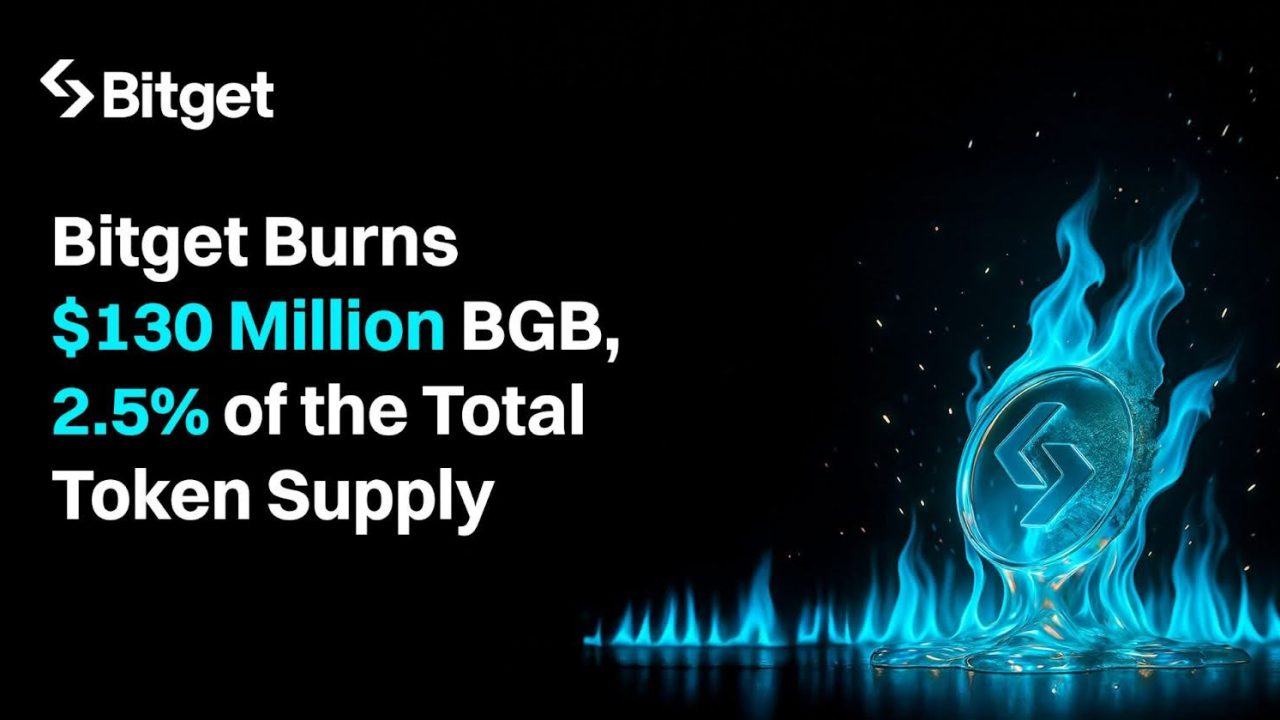
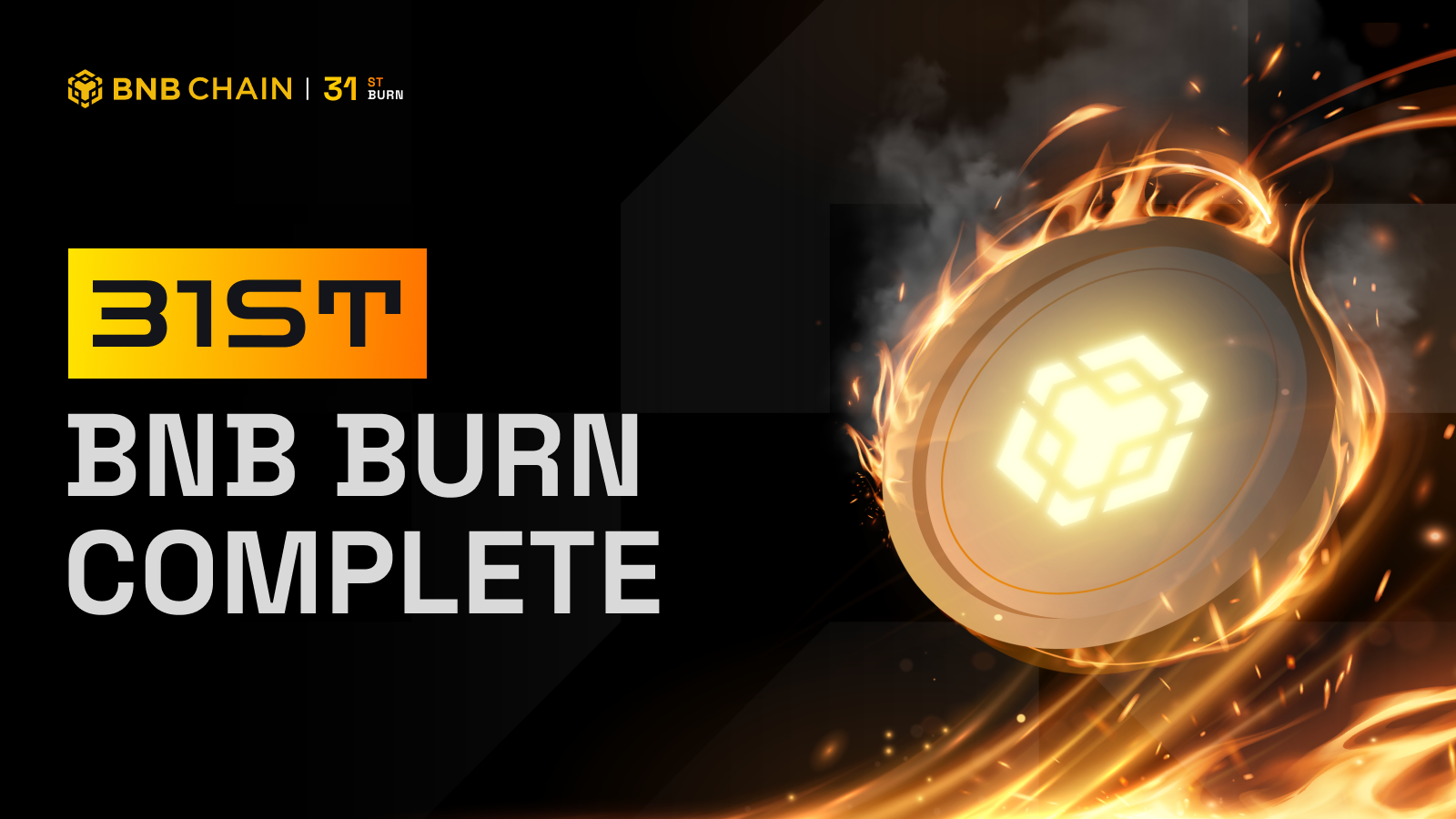
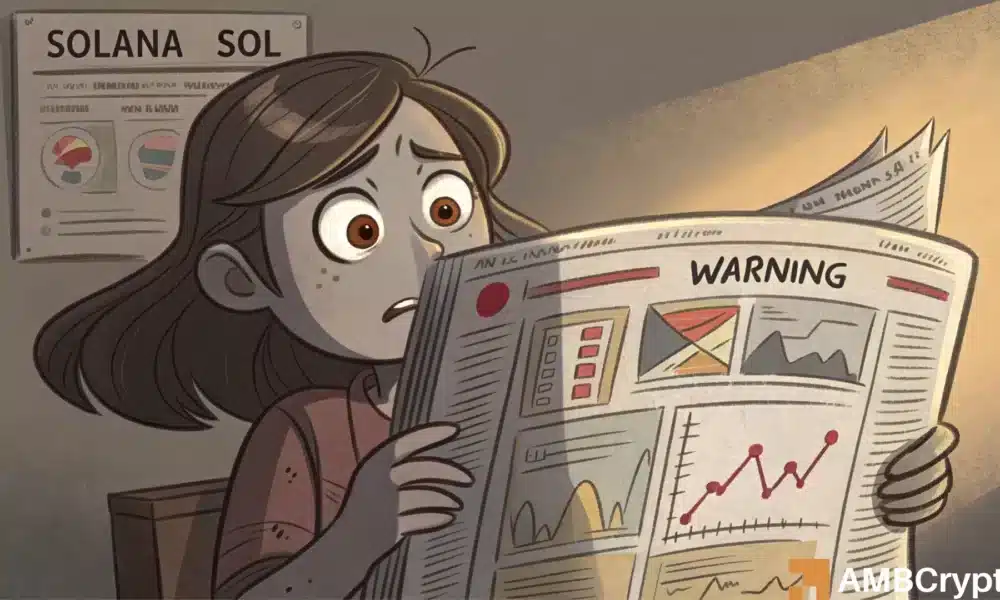
No comments yet